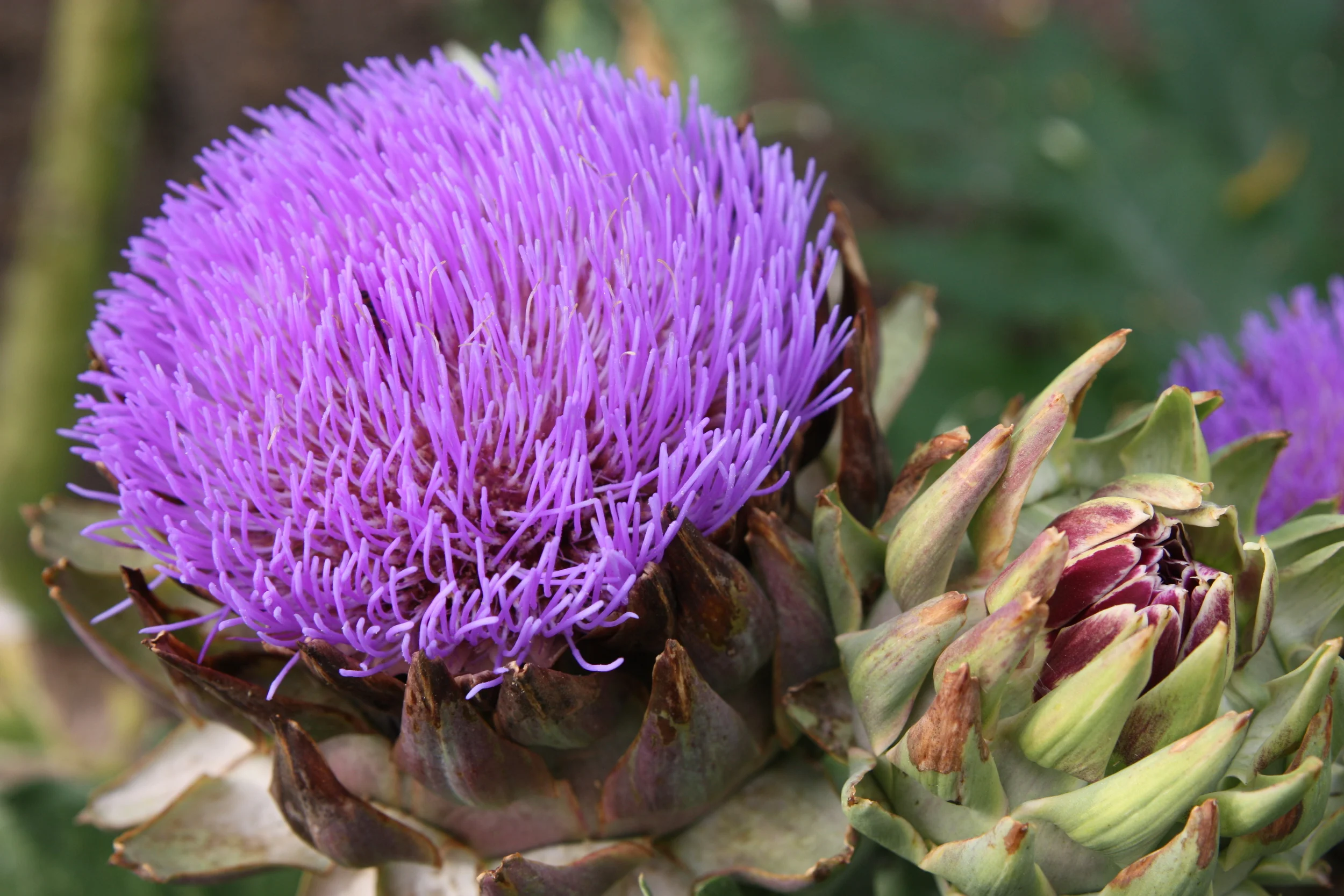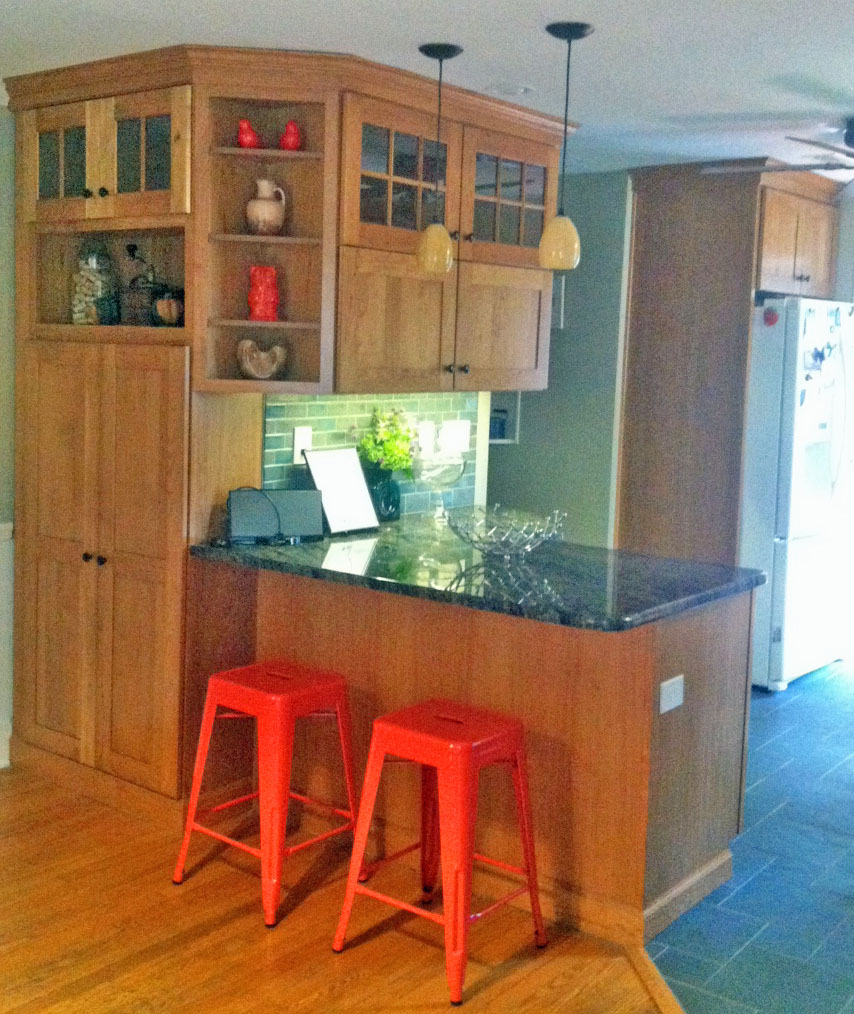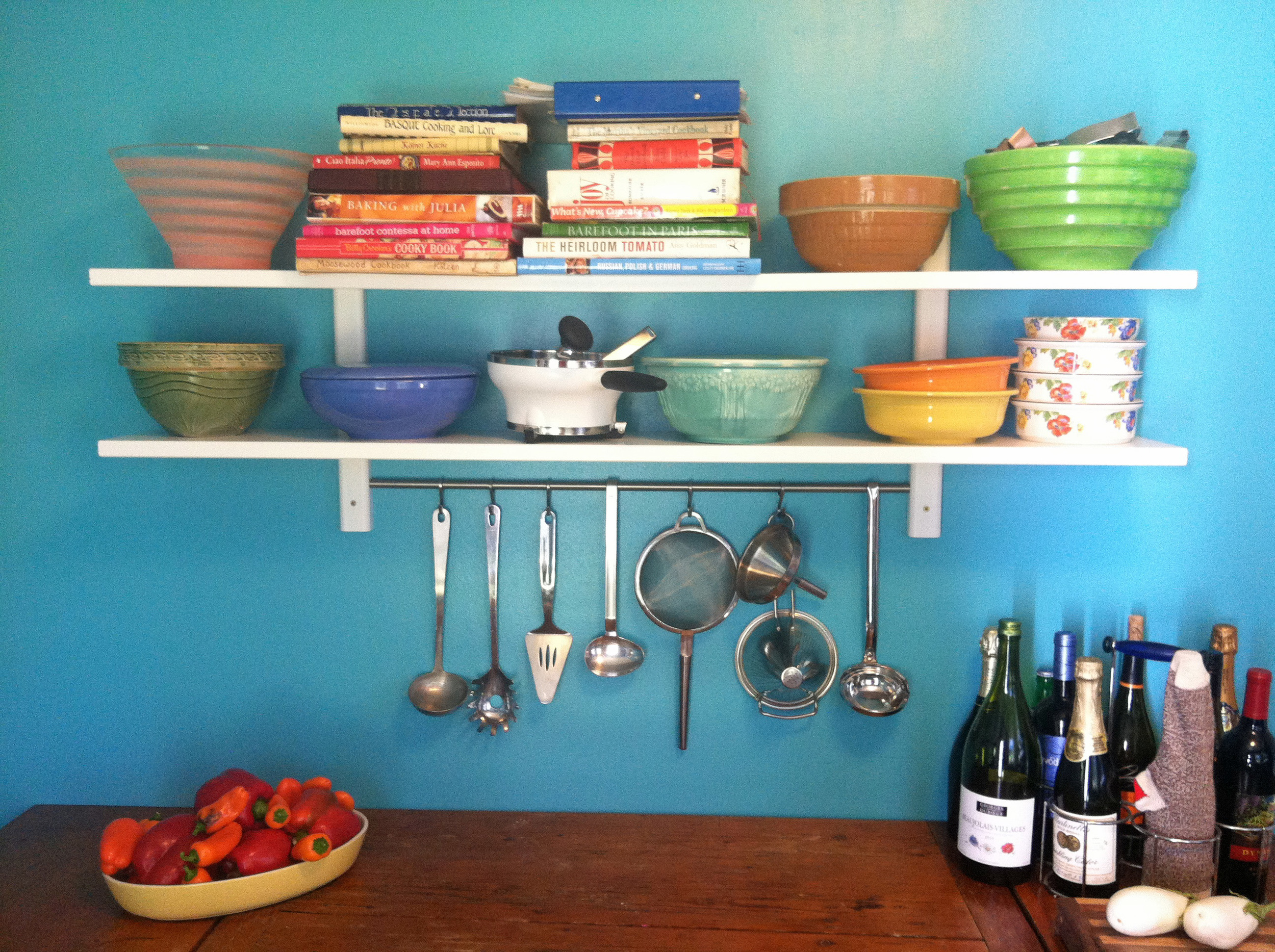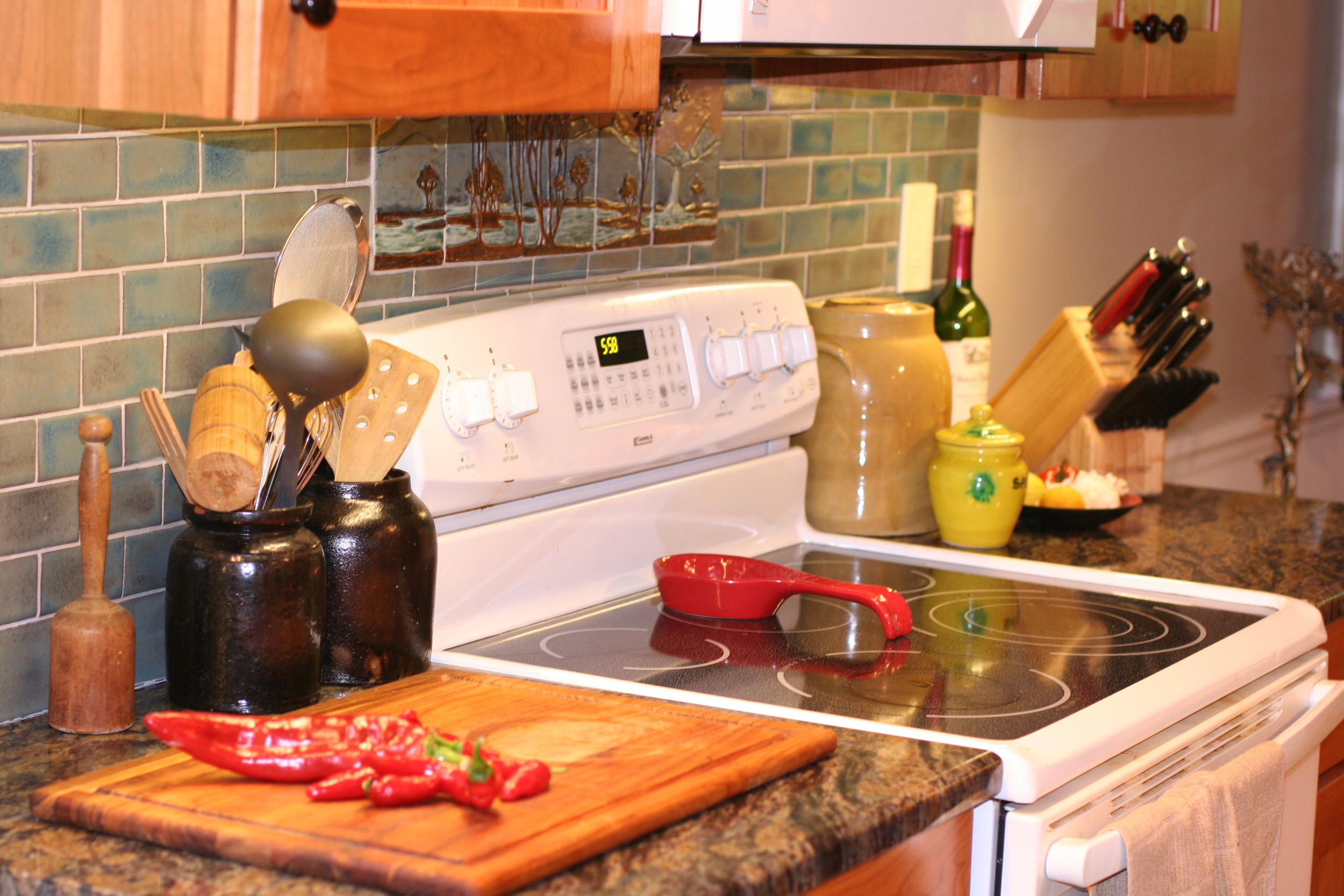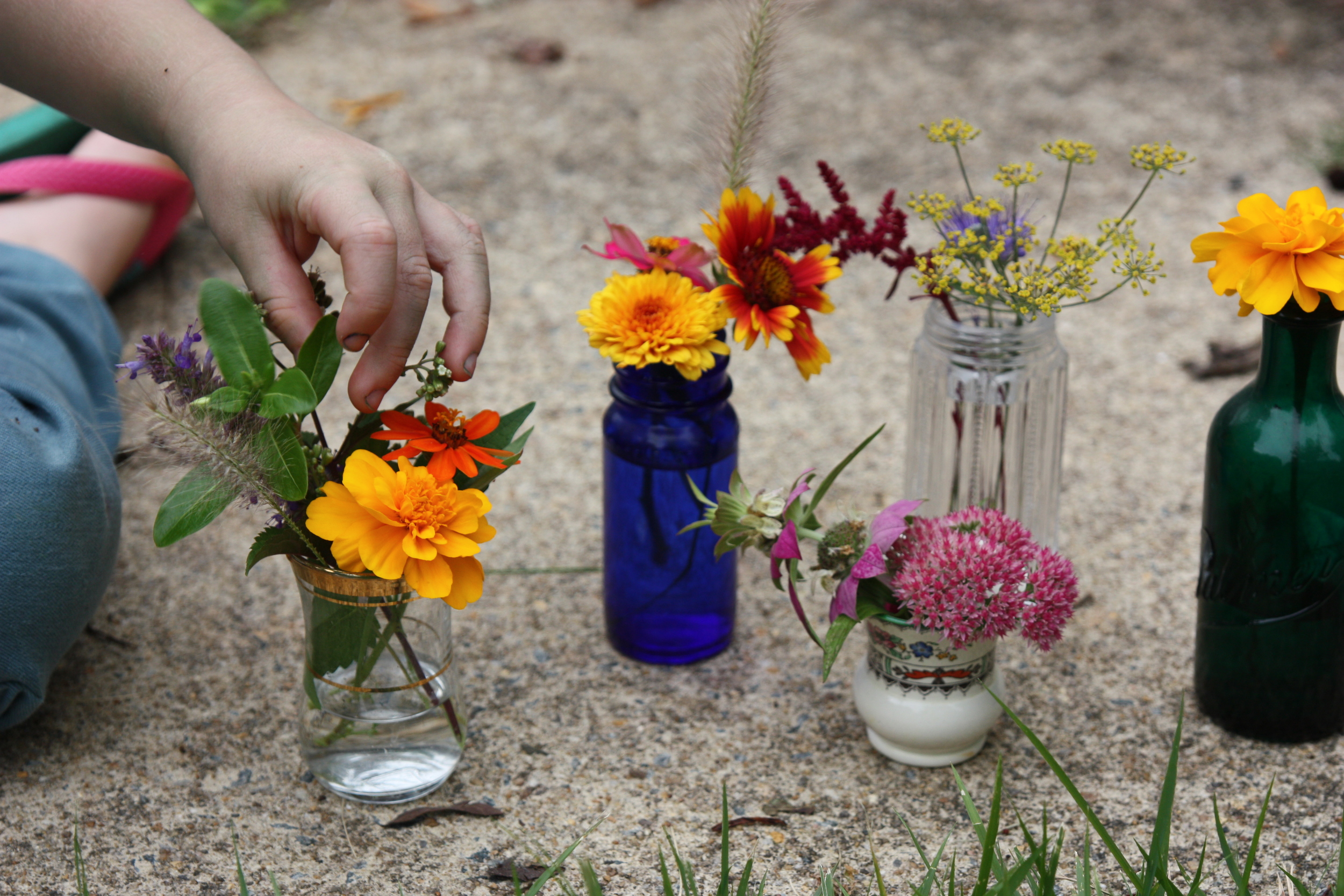The Monarchs (Danaus plexippus) came late this year, but at least they came. They first appeared in my Delaware garden in mid August and by late August my milkweeds (Asclepias spp.) were being quickly skeletonized by their voracious caterpillars. It's the chief reason I grow milkweed. The chrysalises that followed hung from the plants like green jewels.
Now the Monarchs are on the move trying to beat the frost. They fly South traveling between 50 and 100 miles a day. Those along the East Coast fly to the Sierra Madre Mountains of Mexico where winters are mild. The nights have been cold, so some won't make it.
This photo was taken today ( 10-20-14)--October Skies Aster with Monarch. These sure signs of fall make my heart both happy and sad. So many bright colors precede the cold, gray November and white months that follow.
